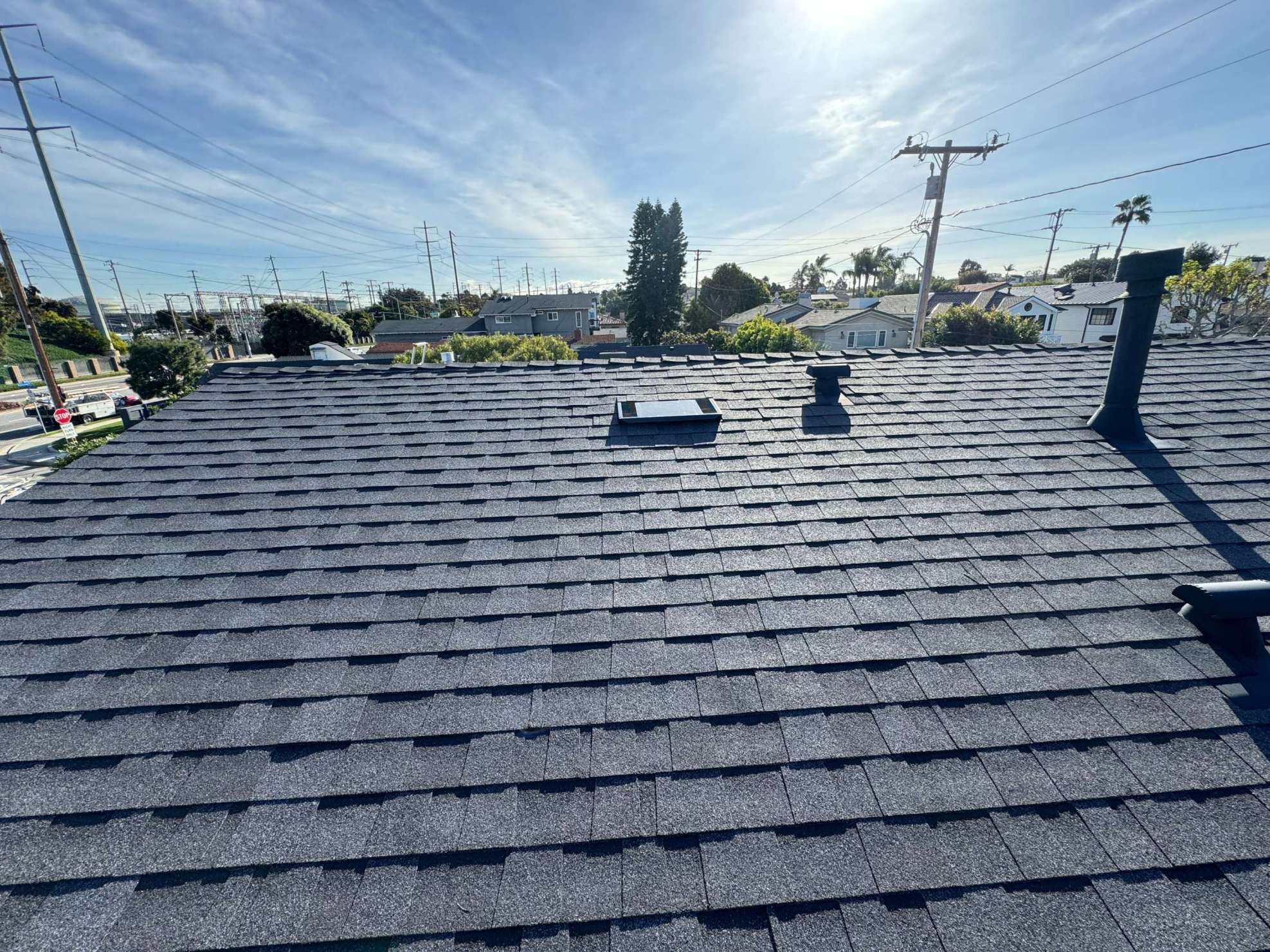A leaky roof isn’t just a small bother in Glendale—especially right before those heavy rains roll in. Ignoring early signs of roof trouble can lead to bigger headaches, from soaked ceilings to serious mold. With Glendale’s unique blend of hot, dry days and quick, soaking storms, your roof faces more wear and tear than you might notice.
Early inspections and acting on signs of damage help avoid expensive repairs and keep your family dry, safe, and stress-free. Don’t wait for that first downpour to test your roof’s strength. Finding and fixing problems before the rainy season starts could save thousands in surprise costs—and a lot of cleanup.
Critical Warning Signs Your Glendale Roof Needs Replacement
Visible Damage: Cracked, Broken, or Missing Shingles
Look up at your roof from the street. Do you see spots where shingles are curling, split, or even missing? Glendale’s sun can bake shingles until they warp or crack. A single storm can peel off weak or damaged ones, leaving patches where rain has a straight shot into your attic.
Watch for:
- Shingles scattered in your yard or garden.
- Areas that look dark or worn compared to the rest.
- Edges that look frayed, curled, or broken.
Sagging or Uneven Roof Structure
A dip or sag in your roof isn’t just ugly—it’s a sign something’s very wrong. When the wood under your shingles starts to rot, or heavy water damage weakens the structure, the roofline can start to sink in.
In Glendale, this can come from years of dryness making wood brittle, followed by a sudden soaking that exposes hidden rot. A sagging section often means the decking or rafters need replacement fast.
Red flags:
- A roofline that isn’t straight.
- Noticeable dips when looking across the top of your house.
- Sections that feel soft or bouncy when you walk on them (only if safe—never risk a fall).
Water Stains, Leaks, and Mold Inside the Home
Sometimes, your first clue is inside. Notice a dark water spot on your ceiling, peeling paint by the upper corners, or mystery moisture near light fixtures? It’s rarely “just condensation.” These are exit points for water sneaking past your roof.
By the time you see stains, dripping, or a musty odor, your insulation and framing could already be soaked. Mold thrives in damp attics, especially ahead of a rainy season. Mold puts your family’s health on the line and signals chronic leaks above.
Key signs to inspect:
- Brown or yellow stains on ceilings and walls.
- Peeling paint or bubbling drywall.
- Black or green streaks indicating mold growth.
Gutter and Downspout Problems
Gutters are your roof’s escape route for water. In Glendale, dry spells let leaves and grit fill up gutters fast. One heavy storm, and clogged gutters push water up under the roof’s edge instead of away from your home.
If you see gutters falling off, overflowing during a downpour, or full of shingle grit, that’s a warning. Water pooling near the foundation or leaking behind gutters can rot your eaves and make the roof edge sag.
Watch for:
- Water spilling over instead of draining.
- Stains or streaks below gutters.
- Bent, loose, or sagging downspouts.
Why Addressing Roof Issues Before Glendale’s Rainy Season Is Essential
Increased Risk of Costly Interior Damage
Roof problems don’t stop at your shingles. Every leak can drench insulation, soak your ceiling, ruin walls, and destroy valuables. Once water gets inside, it spreads, ruining electronics, keepsakes, and furniture.
Letting roof damage go until it rains adds up fast. Repairing ceilings, drywall, and insulation is far more expensive than dealing with a few shingles. The earlier you catch roof issues, the less you’ll spend reversing water damage inside.
Immediate risks:
- Water-stained ceilings and peeling paint.
- Damaged floors, carpets, and personal belongings.
- Higher heating or cooling bills due to poor insulation.
Insurance Coverage and Warranty Considerations
Home insurance can save the day—but not if you ignore roofing issues. Most policies require you to fix known problems. Waiting until your living room floods could mean a denied claim.
Many shingle warranties also depend on regular upkeep. If you skip repairs, manufacturers might refuse coverage when you need it most. Replacing or fixing your roof before the rainy season helps safeguard both your insurance and any manufacturer warranty you’ve got.
Smart steps for coverage:
- Document roof inspections and repairs.
- Address minor fixes before they grow.
- Review your insurance and warranty terms each year.
Peace of Mind and Home Value Protection
Worry about each weather report gets old fast. Replacing a weak roof ahead of storms lets you relax, knowing your family and home are protected.
A solid roof isn’t just for comfort. Homebuyers in Glendale know what leaks mean—they’ll pass on an uncertain roof or demand a big price cut. Keeping your roof strong ahead of the rainy season keeps your home’s value high and feels good to come home to.
Biggest benefits:
- No scrambling to set up buckets during storms.
- Higher appraisal value if selling.
- Reduced long-term maintenance costs.
Conclusion
Glendale’s rainy season turns roof problems from easy fixes into full-blown disasters. Visible shingle wear, sagging rooflines, indoor leaks, and gutter problems aren’t just small annoyances. They’re your roof’s way of asking for help—before nature pushes things too far.
Don’t wait until water runs down your walls. Scheduling an inspection—or replacement—before the rain keeps you ahead of surprise expenses, insurance headaches, and lost property value. Act early, stay dry, and find comfort knowing your home is secure, even when the weather turns wild.

